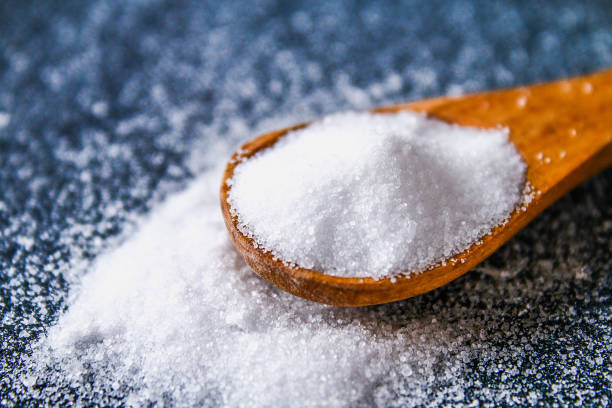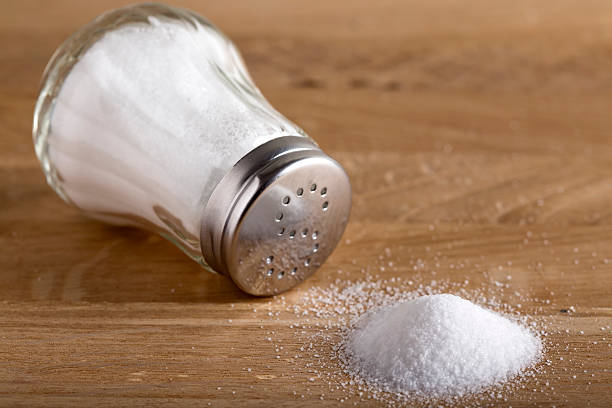Salt, or sodium chloride, is an essential dietary mineral that is vital for the proper functioning of the body. It is important for maintaining fluid balance, nerve and muscle function, and pH balance in the body. However, too much salt in the diet can have negative health effects, such as increasing the risk of high blood pressure, heart disease, and stroke. As such, it is important to be aware of how much salt you are consuming and to try to limit your intake to recommended levels.
One question that many people may have is: “How many calories are in salt?” The answer is that salt itself does not contain any calories. This is because it is a mineral, not a carbohydrate, fat, or protein. However, many foods that are high in salt also tend to be high in calories, so it is important to consider the overall caloric content of the foods that you are eating when trying to manage your calorie intake.
The recommended daily intake of salt for adults is 2,300 milligrams (mg) or less, or about one teaspoon. This includes all sources of salt, including the salt that is naturally present in foods and the salt that is added during cooking or at the table. For some people, such as those with high blood pressure or other health conditions, a lower intake of 1,500 mg per day may be recommended.
It is important to note that the term “sodium” is often used interchangeably with “salt,” but they are not the same thing. Sodium is a component of salt, but it is not the only component. Salt also contains chloride. A milligram of sodium is equal to about 0.4 milligrams of salt, so to convert milligrams of sodium to milligrams of salt, you can multiply by 0.4. For example, 2,300 milligrams of sodium is equivalent to about 912 milligrams of salt (2,300 x 0.4 = 920).
So, if you are trying to limit your salt intake, it is important to pay attention to the sodium content of the foods you are eating. Many processed and packaged foods are high in sodium, as are some types of meats and cheeses. Fast food and restaurant meals are often high in sodium as well. To reduce your sodium intake, try to choose fresh, whole foods whenever possible and cook at home using minimal salt. You can also try using herbs and spices to add flavor to your meals instead of relying on salt.
It is also important to be aware of the hidden sources of sodium in your diet. For example, bread, breakfast cereals, and other grain-based products can be high in sodium, as can condiments such as soy sauce and ketchup. To reduce your sodium intake, read nutrition labels carefully and choose products that are lower in sodium.
In summary, salt itself does not contain any calories, but it is important to pay attention to your intake of both salt and sodium in order to maintain good health. Try to limit your intake of salt and choose fresh, whole foods whenever possible, and be aware of the hidden sources of sodium in your diet. By doing so, you can help to protect your health and reduce your risk of negative health outcomes.

 Home
Home Health
Health Diet & Nutrition
Diet & Nutrition Living Well
Living Well More
More












